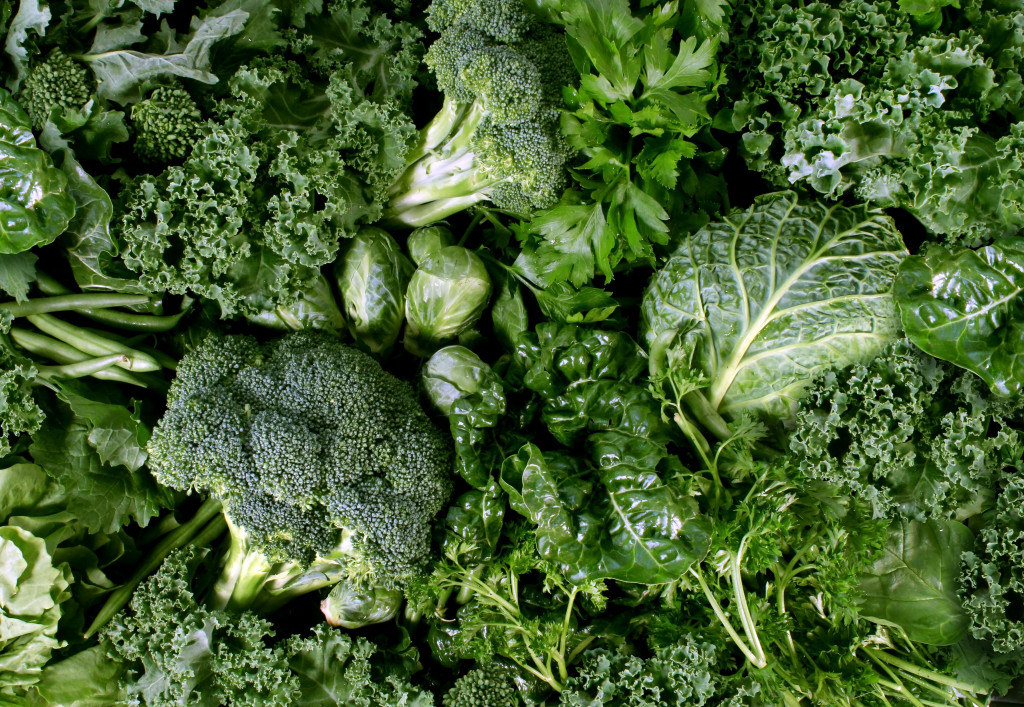In 2020, as a distraction from the global public health and economic crisis, many people turned to food. Throughout the entire year, there was a trendy new recipe that everyone had to try and then post on social media. From sourdough bread to dalgona (whipped) coffee, every month of the past year seemed to be something new to try.
In the past year, food was a way for people to spend so much of their newly-found free time while in lockdown, but trends in the culinary world have been around for longer. Do you remember when brunch was just starting to re-emerge in the public lexicon in the 2010s? Everyone was talking about it and making plans with their friends to meet for meals and drinks. It was so popular that restaurants that offered brunch were always packed.
Naturally, after the pandemic lockdowns, as the end of masking and social distancing becomes possible with wide-scale vaccination programs, food trends continue to emerge. Here are a few that entrepreneurs should look out for.
From the Comfort of Their Own Home
The one true winner of the pandemic is delivery apps. E-commerce became central in the lives of everyone as movement was restricted across the United States to curb the spread of COVID-19. So the only way for people to get the stuff they need at home is by ordering it online. Having their packages delivered to their doorstep was not only convenient, but it also allowed for social distancing. People were not directly interacting with strangers. The delivery person will drop off their parcel in front of their front door and then leave. The chances of catching the virus were significantly lower than if they went out to the grocery store or drugstore.
Food, too, people ordered from home. Popular delivery apps such as UberEats, Grubhub, DoorDash, Postmates, and many others saw an increase in online traffic. In fact, these four food delivery platforms raked in $5.5 billion in revenue from April 2020 to September 2020. For comparison, during the same period the year before, these four companies had a combined income of $2.5 billion from hungry consumers.
And, now that people know how convenient and fast it is to use food delivery services, they will continue using it post-pandemic.
Restaurateurs, in particular, should take food delivery apps seriously. They should continue to offer their products and services to members as an alternative way of ordering. The platform has proven itself to be resilient, much more than traditional dining, during a crisis.

Across the Board
Charcuterie, a word derived from two French words, “chair” or “flesh” and “cuit” or “cooked,” is not new. The term is used to describe 15th-century shops that sold meat in France. Now, it is a branch of preparing meals dedicated to arranging various food items, but primarily animal products, on a board.
It is an excellent time to run a charcuterie business because everyone seems to be on the hunt for the perfect board. It is not just the typical meats like ham, sausage, or bacon that are being placed on charcuterie boards. As the popularity of charcuterie rises, chefs are being creative. There are now hot cocoa boards, pancake boards, french fry boards, Mexican boards, and so-called “jarcuterie” or food inside a jar.
Charcuterie boards look amazing, especially when photographed for social media. Expect it to take over your Facebook and Instagram feeds. It has a luxurious appeal, and it can be customized depending on your preference and diet. Most importantly, it tastes delicious.
Around the World
Because of the internet, it is easier now to find recipes for meals from different cuisines. With social media platforms like TikTok and YouTube, trying out unfamiliar food has become a popular trend.
People worldwide are sharing what they eat in a day, how they prepare their meals, and different hacks that make cooking easier. Expect a lot of users to post their own takes and reactions because of curiosity and internet approval.
Everything Green
For years before the pandemic, vegetarianism and veganism were already on the rise. In 2020 and beyond, more people will be switching to a plant-based diet.
Eschewing meat and animal products are becoming more popular for ethical and environmental reasons. However, more importantly, plant-based options are now more accessible and affordable. Major grocery chains now carry plant-based food options, and more restaurants currently serve plant-based meals exclusively.
Expect plant-based diets to continue to be a popular food trend for years and years to come.
These trends will likely be around for a while, and entrepreneurs need to be aware to offer the products that their customers want.




